OUR OLD YOUTUBE CHANNEL AND VIDEO GOT DELETED, SO HERE IS THE LINK TO OUR NEW YOUTUBE CHANNEL AND VIDEO: YOUTUBE CHANNEL | VIDEO

Only press once, it may take a few seconds to load.
Make sure to hold the leaf close to the camera.
OUR OLD YOUTUBE CHANNEL AND VIDEO GOT DELETED, SO HERE IS THE LINK TO OUR NEW YOUTUBE CHANNEL AND VIDEO: YOUTUBE CHANNEL | VIDEO

Only press once, it may take a few seconds to load.
Make sure to hold the leaf close to the camera.
| Disease | Remedy | Picture |
|---|---|---|
| Apple Scab | Remove and destroy infected leaves and fruits. Prune the tree to improve air circulation and sunlight penetration. Apply a fungicide spray such as copper or sulfur before the disease appears and repeat as needed. | 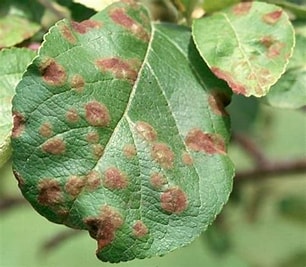 |
| Apple Black Rot | Cut off and burn any infected branches or twigs. Remove any mummified fruits from the tree or the ground. Spray the tree with a fungicide such as captan or myclobutanil before bloom and after petal fall. | 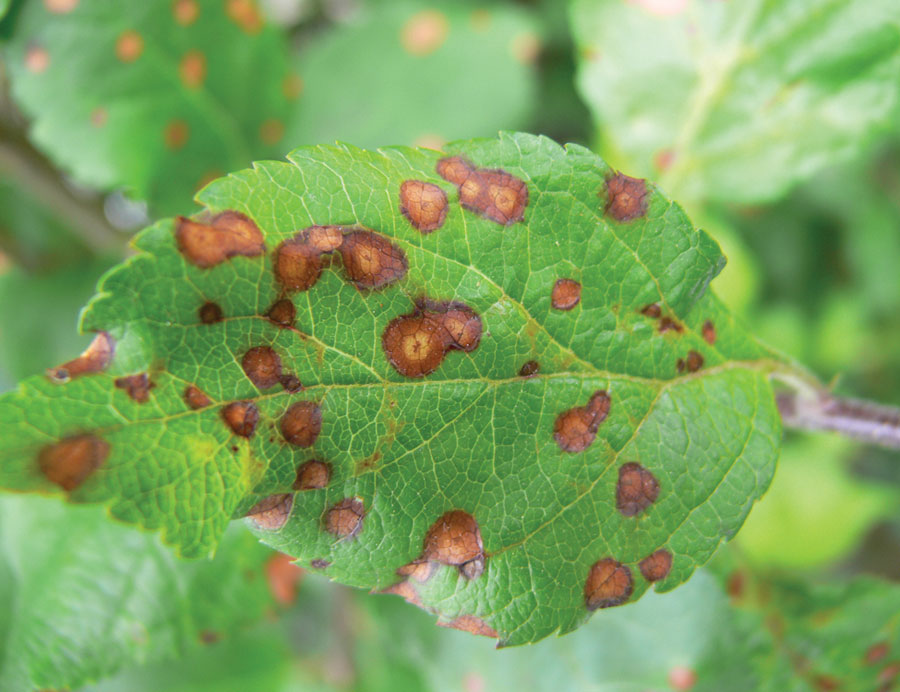 |
| Cedar Apple Rust | Remove any galls from nearby juniper or cedar trees and dispose of them. Spray the apple tree with a fungicide such as mancozeb or propiconazole when the galls are releasing spores in spring. | 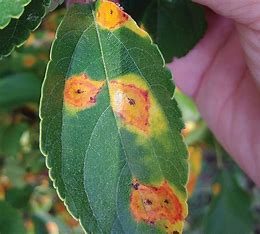 |
| Apple Healthy | No treatment is needed for healthy apple trees. However, you can prevent diseases by keeping the tree well-watered, fertilized, and pruned. You can also apply a dormant oil spray in late winter to kill any overwintering pests or fungi. | 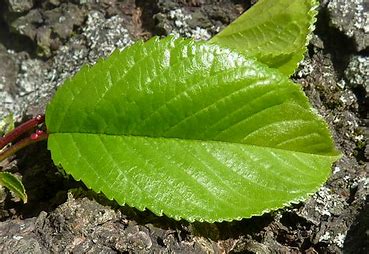 |
| Blueberry Healthy | No treatment is needed for healthy blueberry plants. However, you can prevent diseases by planting resistant varieties, mulching the soil, and avoiding overhead irrigation. You can also monitor the plants for any signs of pests or diseases and treat them promptly. | 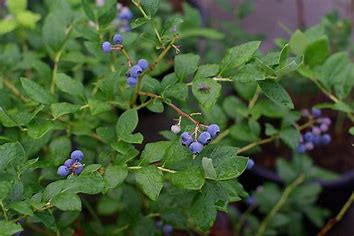 |
| Cherry Healthy | No treatment is needed for healthy cherry trees. However, you can prevent diseases by choosing a well-drained site, pruning the tree regularly, and removing any fallen leaves or fruits. You can also spray the tree with a fungicide such as chlorothalonil or captan before and after bloom. | 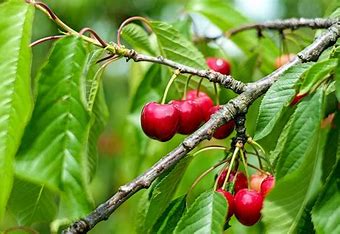 |
| Cherry Powdery Mildew | Remove and destroy any infected leaves or shoots. Prune the tree to improve air circulation and sunlight exposure. Spray the tree with a fungicide such as sulfur or potassium bicarbonate as soon as you notice the disease and repeat as needed. | 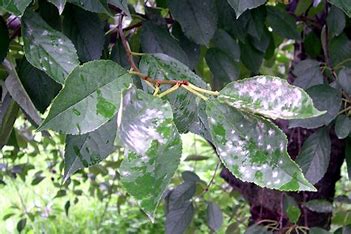 |
| Corn Healthy | No treatment is needed for healthy corn plants. However, you can prevent diseases by rotating crops, planting resistant varieties, and avoiding planting corn near other grasses. You can also scout the plants for any symptoms of diseases and treat them accordingly. |  |
| Corn Cercospora Leaf Spot | Remove and destroy any infected leaves or stalks. Rotate crops with non-host plants such as legumes or brassicas. Apply a fungicide such as azoxystrobin or pyraclostrobin at the first sign of the disease and repeat as needed. | 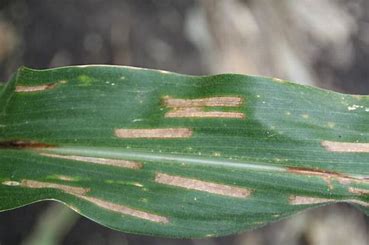 |
| Corn Common Rust | Remove and destroy any infected leaves or stalks. Plant resistant varieties or hybrids. Apply a fungicide such as tebuconazole or propiconazole when the disease is severe and the weather is favorable for infection. | 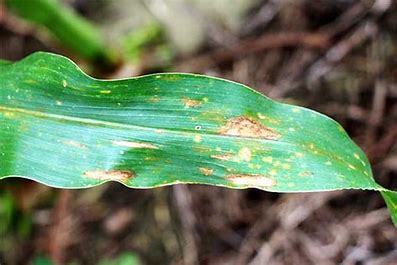 |
| Corn Northern Leaf Blight | Remove and destroy any infected leaves or stalks. Rotate crops with non-host plants such as legumes or brassicas. Plant resistant varieties or hybrids. Apply a fungicide such as propiconazole or pyraclostrobin when the disease is severe and the weather is favorable for infection. | 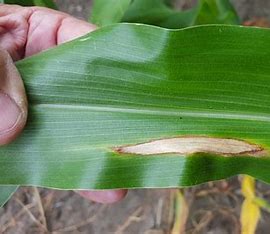 |
| Grape Healthy | No treatment is needed for healthy grape vines. However, you can prevent diseases by choosing a sunny and well-ventilated site, pruning the vines properly, and removing any diseased or dead wood. You can also spray the vines with a fungicide such as copper or sulfur before bud break and after harvest. | 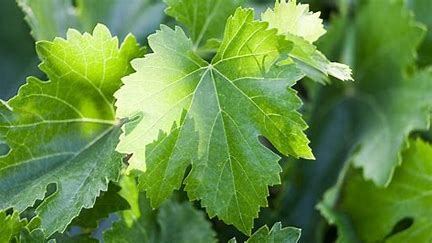 |
| Grape Black Rot | Remove and destroy any infected leaves, fruits, or canes. Prune the vines to improve air circulation and sunlight penetration. Spray the vines with a fungicide such as mancozeb or myclobutanil before bloom and after fruit set. | 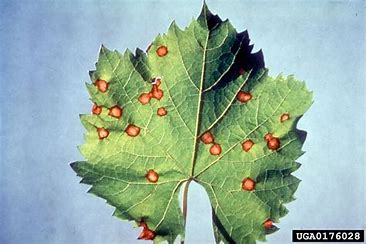 |
| Grape Esca (Black Measles) | Cut off and burn any infected canes or trunks. Avoid wounding the vines during pruning or harvesting. Apply a wound sealant such as asphalt emulsion or latex paint to any cuts or injuries. Spray the vines with a fungicide such as fosetyl-al or phosphorous acid before bud break and after harvest. | 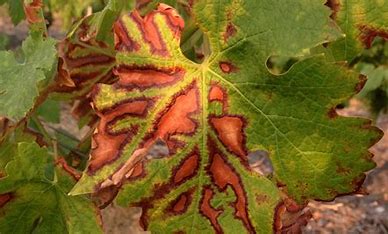 |
| Grape Leaf Blight | Remove and destroy any infected leaves or canes. Prune the vines to improve air circulation and sunlight exposure. Spray the vines with a fungicide such as chlorothalonil or captan before bloom and after fruit set. | 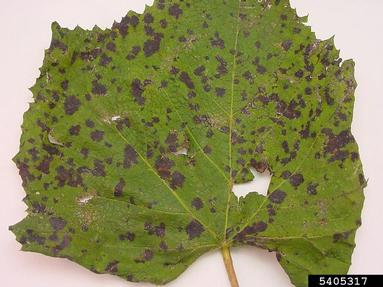 |
| Peach Healthy | No treatment is needed for healthy peach trees. However, you can prevent diseases by choosing a well-drained site, pruning the tree regularly, and removing any fallen leaves or fruits. You can also spray the tree with a fungicide such as chlorothalonil or captan before and after bloom. | 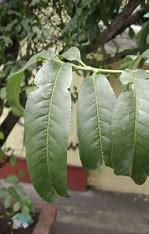 |
| Peach Bacterial Spot | Remove and destroy any infected leaves, fruits, or twigs. Prune the tree to improve air circulation and sunlight penetration. Spray the tree with a copper-based bactericide before bud break and after petal fall. | 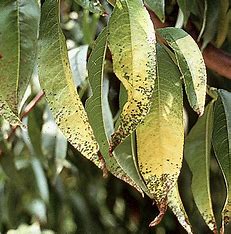 |
| Pepper Bell Healthy | No treatment is needed for healthy pepper plants. However, you can prevent diseases by rotating crops, mulching the soil, and avoiding overhead irrigation. You can also monitor the plants for any signs of pests or diseases and treat them promptly. | 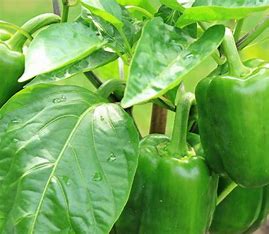 |
| Pepper Bell Bacterial Spot | Remove and destroy any infected leaves, fruits, or stems. Rotate crops with non-host plants such as corn or beans. Plant resistant varieties or use certified disease-free seeds. Spray the plants with a copper-based bactericide as soon as you notice the disease and repeat as needed. |  |
| Potato Healthy | No treatment is needed for healthy potato plants. However, you can prevent diseases by rotating crops, planting certified disease-free tubers, and hilling the soil around the plants. You can also inspect the plants for any signs of pests or diseases and treat them accordingly. | 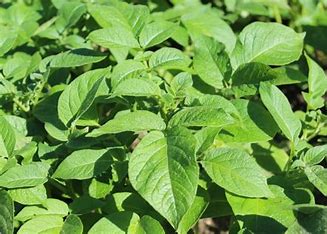 |
| Potato Early Blight | Remove and destroy any infected leaves or tubers. Rotate crops with non-host plants such as legumes or brassicas. Plant resistant varieties or use certified disease-free tubers. Apply a fungicide such as chlorothalonil or mancozeb when the disease is severe and the weather is favorable for infection. | 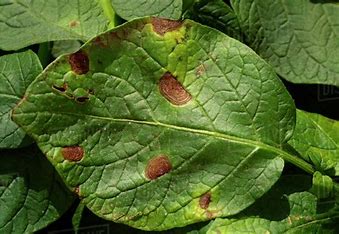 |
| Potato Late Blight | Remove and destroy any infected leaves or tubers. Rotate crops with non-host plants such as legumes or brassicas. Plant resistant varieties or use certified disease-free tubers. Apply a fungicide such as copper or mefenoxam when the disease is severe and the weather is favorable for infection. |  |
| Strawberry Healthy | No treatment is needed for healthy strawberry plants. However, you can prevent diseases by choosing a well-drained site, mulching the soil, and removing any old or diseased plants. You can also check the plants for any signs of pests or diseases and treat them promptly. |  |
| Strawberry Leaf Scorch | Remove and destroy any infected leaves or runners. Plant resistant varieties or use certified disease-free plants. Apply a fungicide such as captan or thiophanate-methyl when the disease is severe and the weather is favorable for infection. | 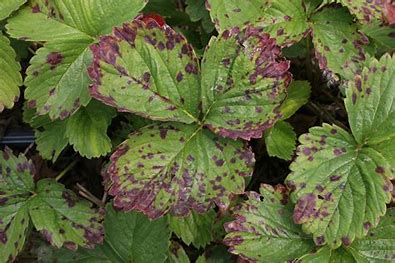 |
| Tomato Healthy | No treatment is needed for healthy tomato plants. However, you can prevent diseases by rotating crops, staking or caging the plants, and removing any diseased or dead foliage. You can also watch the plants for any signs of pests or diseases and treat them accordingly. | 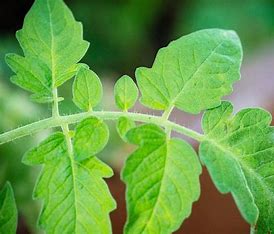 |
| Tomato Bacterial Spot | Remove and destroy any infected leaves, fruits, or stems. Rotate crops with non-host plants such as corn or beans. Plant resistant varieties or use certified disease-free seeds. Spray the plants with a copper-based bactericide as soon as you notice the disease and repeat as needed. | 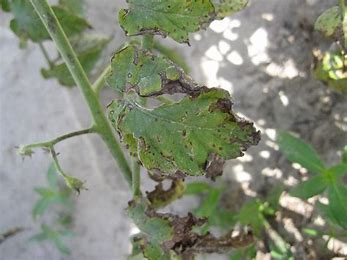 |
| Tomato Early Blight | Remove and destroy any infected leaves or fruits. Rotate crops with non-host plants such as legumes or brassicas. Plant resistant varieties or use certified disease-free seeds. Apply a fungicide such as chlorothalonil or mancozeb when the disease is severe and the weather is favorable for infection. | 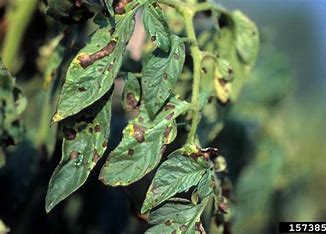 |
| Tomato Late Blight | Remove and destroy any infected leaves or fruits. Rotate crops with non-host plants such as legumes or brassicas. Plant resistant varieties or use certified disease-free seeds. Apply a fungicide such as copper or mefenoxam when the disease is severe and the weather is favorable for infection. | 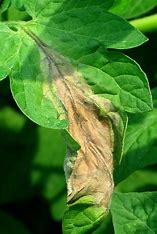 |
| Tomato Leaf Mold | Remove and destroy any infected leaves or fruits. Prune the plants to improve air circulation and sunlight exposure. Spray the plants with a fungicide such as chlorothalonil or mancozeb as soon as you notice the disease and repeat as needed. | 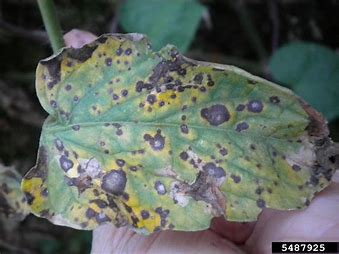 |